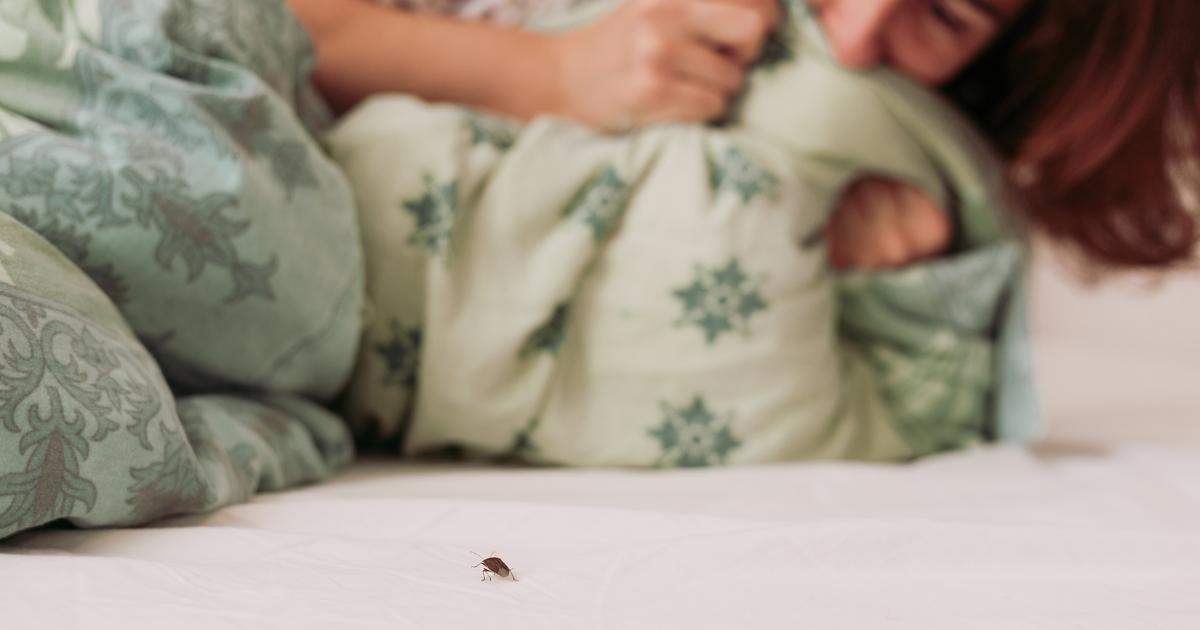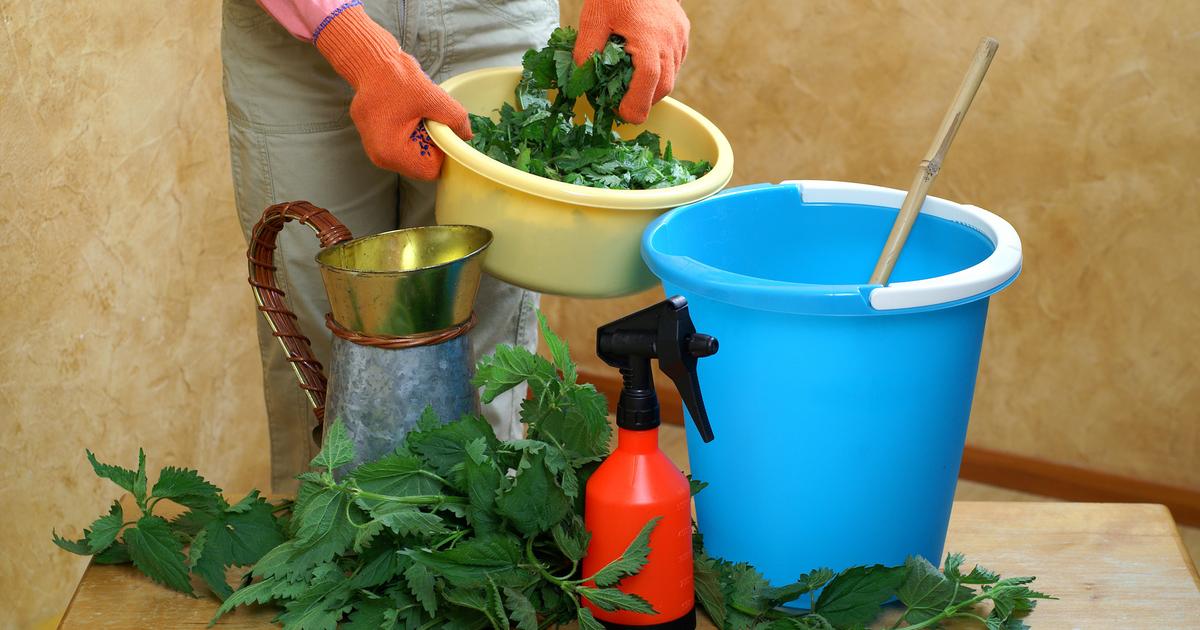Bed bugs
are
small pests that can cause itchy, red and irritated skin, as well as sleep disturbances.
If you are concerned about the possibility of bringing bedbugs home, here are some practical tips to avoid an infestation and solutions to get rid of this plague.
To discover
March: what vegetables and fruits are in season?
Why do I have bedbugs in my house
?
Bedbugs are not associated with a lack of cleanliness or hygiene.
They can infest any home, no matter how clean it is.
They lodge in pillows, mattresses, box springs and sheets.
They can arrive in a home in several ways, including:
During a trip
If you are staying in a hotel or hostel, you may unwittingly bring bed bugs home.
They can hide in luggage, clothes and shoes during travel.
Good to know
The means of public transport are also a vector of infestation: train, plane, bus.
In the furniture
If you buy second-hand furniture (bedding, wardrobes, sofas and chairs) or second-hand items (rugs, bed frames), inspect it carefully before bringing it home.
Read alsoFurniture: what treatment against insects?
During a move
Bedbugs can hide in moving trucks, packaging, or an infested slipcover.
Remember to check if your mover has an anti-insect policy.
In your building
If you live in an apartment building, bedbugs can spread from apartment to apartment, including through ventilation ducts, cracks in walls and ceilings, and plumbing pipes.
Good to know
Bed bugs can be carried by visitors who already have an infestation in their home.
Read alsoHow to fix a cracked ceiling
How do you know if you have bedbugs in your house?
It can be difficult to tell if you have bed bugs in your home because they are small, hide in hard-to-reach places, and are active at night.
However, if you see small black spots on the bed, take a magnifying glass: bedbugs are brown in color and have a flat, oval shape.
Here are some signs that can also help you identify their presence:
Here are some signs that can also help you identify their presence: | |
|---|---|
You got stung | Bed bug bites are often grouped together or in rows on the skin. Their bites cause itching and redness. |
There are bloodstains | Bedbugs can leave traces of blood or feces on sheets and mattresses. |
A bad smell persists | Bed bugs emit a sweet, foul odor , which can be present in areas where they hide. |
Dead skin | These pesky little beasts shed their skin as they grow, which can leave clues to where they hide. |
If you suspect the presence of bed bugs in your home, it's important to contact a pest control professional to assess the situation and develop a treatment plan.
Read alsoBed bugs: watch out for scams!
How not to bring them home?
To avoid bringing bed bugs into your home, be vigilant.
Avoid picking up items left on the street, as they may contain bed bugs.
And if you buy a piece of furniture or a second-hand object, review it before bringing it into your home.
When traveling, check reviews and reviews before booking accommodation in case guests have reported a bedbug infestation.
And before leaving a hotel or hostel, inspect your suitcases and clothes to make sure there are no bed bugs.
Process your luggage after a trip before storing it at home.
Vacuum them thoroughly to remove any potential insects and wash all clothing and travel items on high.
Finally, after a visit to friends or a simple walk in the forest, avoid putting your things on the bed.
If you are concerned about the possibility of bed bugs in any of your clothing, place it in an airtight plastic bag and leave it in the freezer for at least 72 hours to kill any potential insects.
How to permanently get rid of bed bugs
?
To get rid of bed bugs, the first step is mechanical control:
Carefully inspect your home to identify areas infested with bed bugs.
They will often hide in bedrooms and especially in mattresses, slats, box springs, cracks in walls, headboards, electrical outlets, door frames, baseboards and curtains.
Before starting the treatment, clean and declutter every nook and cranny of the infested areas.
Sheets, pillowcases, blankets, clothes and curtains require washing at more than 60°C and drying at high temperature.
Brush clean infected surfaces to remove eggs or young insects.
Vacuum mattresses, box springs, furniture and carpets and dispose of the vacuum bag immediately.
Then pass the steam cleaner at more than 120°C on all the places where bedbugs are likely to be present.
Treat infested areas with insecticide sprays or powder-based treatments to treat infested areas.
It is important to follow the manufacturer's instructions and wear appropriate protective equipment during application.
Be aware, however, that bedbugs have developed resistance to almost all commercial insecticides.
In the event of an excessive infestation or if you are unable to eliminate the bed bugs on your own, throw the excessively infested objects directly into the recycling center.
Then call on a bed bug control professional for extermination.
Many today use canine bed bug detection.
These technicians are trained with a Certibiocide certificate controlled by the Ministry of Ecological Transition and can eliminate bed bugs more effectively.
To prevent future bed bug infestations:
Clean your house regularly, check clothes and bags before bringing them home, and use protective covers on your mattresses and pillows.








